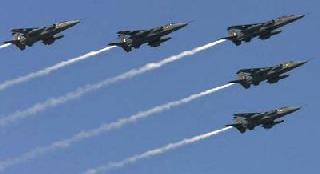
Jaguar aircraft of the Indian Air Force flying in formation. A file photo.
NEW DELHI (PTI): The Indian Air Force (IAF) Tuesday got a boost towards becoming a truly network centric air force with Defence Minister AK Antony launching Air Force Network (AFNET), a reliable and robust digital information grid that enables accurate and faster response to enemy threats.
The modern, state-of-the-art AFNET is a fully secure communication network, providing IAF critical link among its command and control centre, sensors such as the Airborne Early Warning and Control Systems and shooters like the fighter aircraft and missile squadrons.
With the launch of AFNET, IAF became the first among the three services to complete interlinking major installations throughout the country on a high bandwidth network.
Describing the AFNET operationalisation as a "momentous occasion", Antony said the aim of network spectrum policy of the government was two-fold -- growth of teledensity and modernisation of the defence forces' communication systems.
He said the network centric operations' key capabilities were three-fold -- adaptability, availability and inter-operability.
Antony said he was waiting for the day when the Navy and the Army too would launch their networked communication systems thereby acquiring network centric warfare capabilities.
The AFNET will now replace the IAF's old communication network set-up using the tropo-scatter technology of the 1950s and marks the successful clearance of one milestone for release of radio spectrum, a very valuable but finite resource.
IAF Chief Air Chief Marshal PV Naik said the launch of AFNET was "definitely a historic moment for IAF" as it entered the digital information grid and a "giant stride" towards attaining network centric warfare capability and "an apt indicator" of that capability.
He said the IAF had a compelling need to consistently strive for an information advantage enabled by a robust networking of decision makers, weapon systems and sensors.
"We need to leverage the advantages of networks by translating the information advantage into a decisive fighting tool. AFNET is a potent force multiplier and critical for becoming a network centric aerospace force," he added.
The IAF project is part of the overall mission to network all three services. The mission comes in the backdrop of an Information Technology Roadmap document of the Defence Ministry stipulating automation, simulated training and mandatory computer proficiency in the services.
Telecommunications Minister A Raja, in his address, said robust communication was critical for synergy among forces and for success in future operations.
He said spectrum was an essential component for growth of wireless and mobile telecommunication systems.
"As the country rode a wave of communication revolution, the frequency spectrum is becoming a scarce natural resource and therefore it became imperative to utilise the spectrum in the most efficient manner," Raja said, adding India had to move forward towards 100 per cent teledensity mark.
He said the launch of AFNET would enable the armed forces to release spectrum permanently for the growth of commercial mobile services.
IAF has taken up a mandate to create and maintain an assured, dedicated, secure and inter-operable communication network along with associated services to provide real time, instantaneous transfer of information between Sensors, Command and Control (C2) centres and Shooters.
In addition, IAF aspires to use communication network and IT-enabled infrastructure for all other operational, techno-logistics and administrative functions to leverage development in this field to enhance efficiency, cost-effectiveness and ease of administration, it said.
All major formations and static establishments had been linked through a secure Wide Area Network (WAN) and were accessible through data communication lines.
The nationwide programme was launched by the IAF in collaboration with the private industry to accelerate the use of Information Technology (IT) as well as to link all field units using a dedicated satellite.
AFNET incorporates the latest traffic transportation technology in form of IP (Internet Protocol) packets over the network using Multi Protocol Label Switching (MPLS). A large VoIP (Voice over Internet Protocol) layer with stringent quality of service enforcement will facilitate robust, high quality voice, video and conferencing solutions.
The Integrated Air Command and Control System (IACCS), an automated command and control system for Air Defence (AD) operations, will ride the AFNET backbone integrating all ground-based and airborne sensors, AD weapon systems and C2 nodes.
Subsequent integration with other services networks and civil radars would provide an integrated Air Situation Picture to operators to carry out AD role.
AFNET will be an effective force multiplier for intelligence analysis, mission planning and control, post-mission feedback and related activities like maintenance, logistics and administration, the spokesperson said.
A comprehensive design with multi-layer security precautions for 'Defence in Depth' have been planned by incorporating encryption technologies, Intrusion Prevention Systems to ensure the resistance of the IT system against information manipulation and eavesdropping.
The AFNET project was ably supported by BSNL, HCL Infosystems and CISCO. HCL's chairman Ajay Chaudhary and CISCO's country head Naresh Wadhwa were also present on the occasion.
At the AFNET launch, the IAF showcased a practice interception of simulated enemy targets by a pair of Mig-29 fighter aircraft airborne from an advanced airbase in the Punjab sector using the gigabyte digital information grid.
During the AFNET-assisted operations, the Indian fighter jets neutralised intruding targets in the western sector, which was played out live on the giant screens at the Air Force auditorium offering a glimpse of the harnessed potential of the system.
The final orders for engaging the enemy targets were issued live by Antony, whose queries about how the operation went was responded to by the pilot as "excellent".
Further, various other functionalities contributing towards Network Centric Warfare were also showcased.
These consisted of facilitating video from Unmanned Aerial Vehicle (UAV), pictures from an AWACS aircraft to the decision-makers on ground sitting hundreds of kilometers away, providing intelligence inputs from far-flung areas at central locations seamlessly. This was possible mainly with the robust networking platform provided by AFNET.
AFNET project, with an estimated expenditure of Rs 1,077 crore, comprised Internet Protocol (IP) Multi Protocol Switching Protocol (MPLS) based Network with Optic Fibre Cables (OFC) as backbone.
The AFNET project has satellite communication network as overlay, Line Of Sight (LOS) Radio for Metro Area and difficult terrains, as a back up to OFC links. The network is secured with a host of advanced state-of-the-art encryption technologies. It is designed for high reliability with redundancy built into the network design itself.
IAF envisages using AFNET communication network and enabled IT infrastructure for all operational, techno-logistics and administrative functions to leverage developments in this field so as to enhance operational efficiency, cost-effectiveness and ease of administration.
"The recent deployments of AFNET, IACCS and other systems have put the IAF in the fore-front of Network Centric Warfare enabled nations. This quantum leap in the field of communication and information technology will help field units train and develop tactics, techniques and procedures to realise the full benefits of network-enabled capabilities," Naik said.
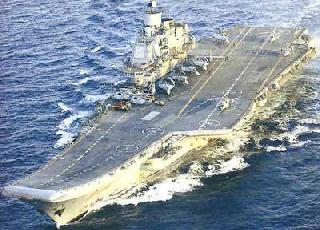 Previous Article
Previous Article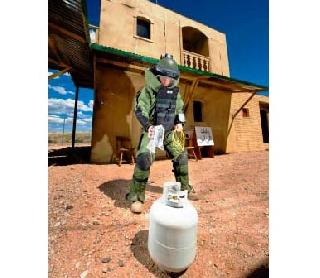 Next Article
Next Article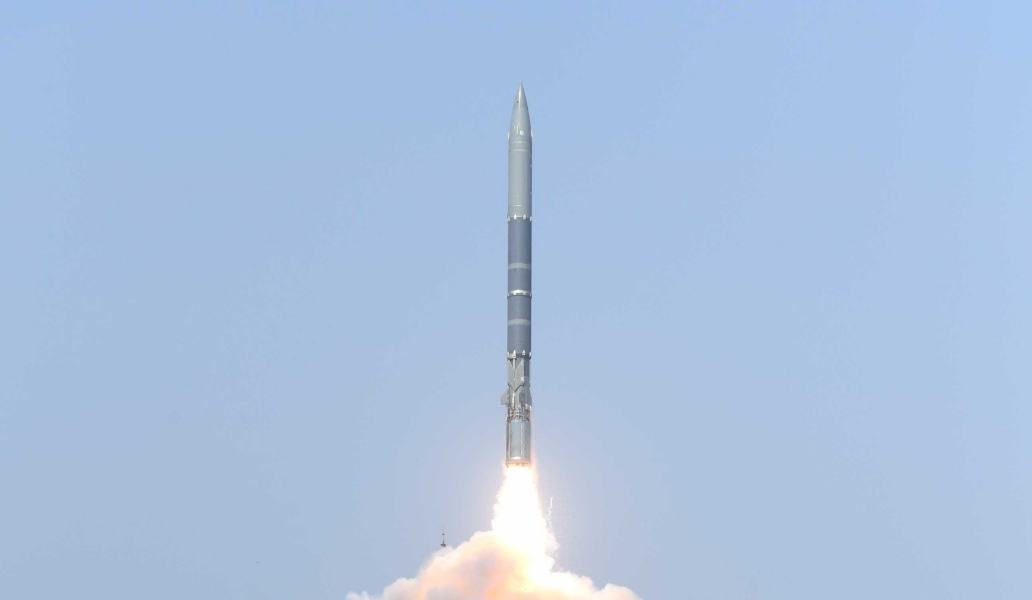
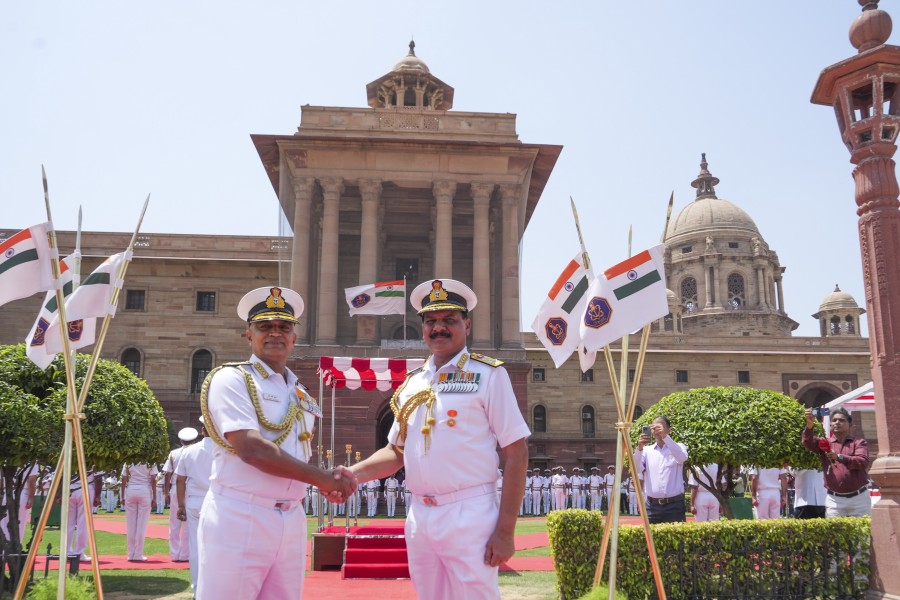
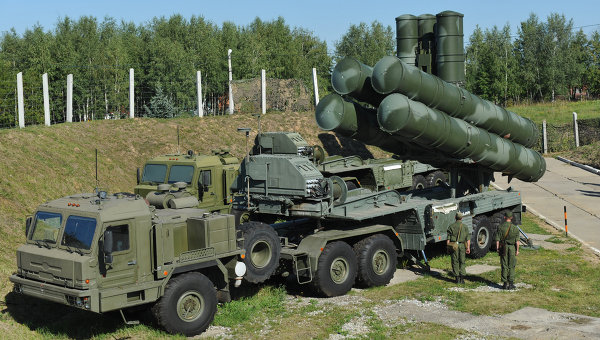
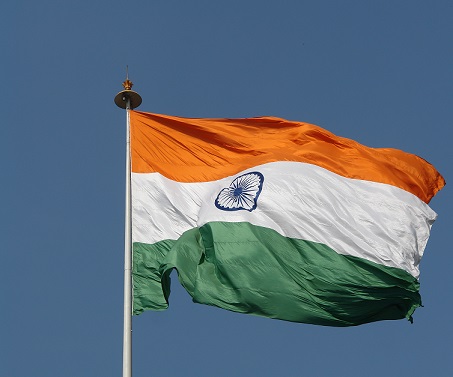

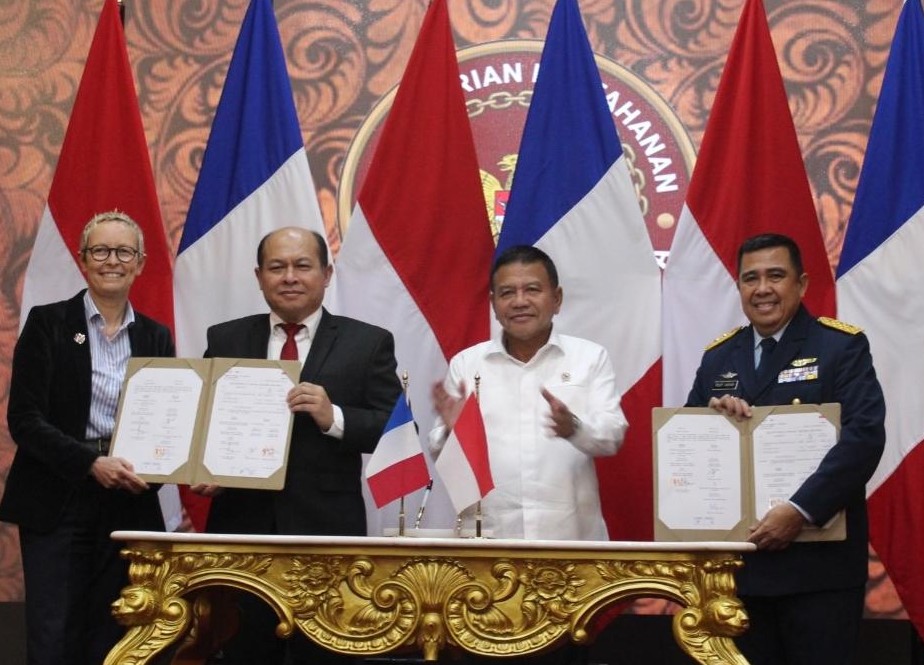
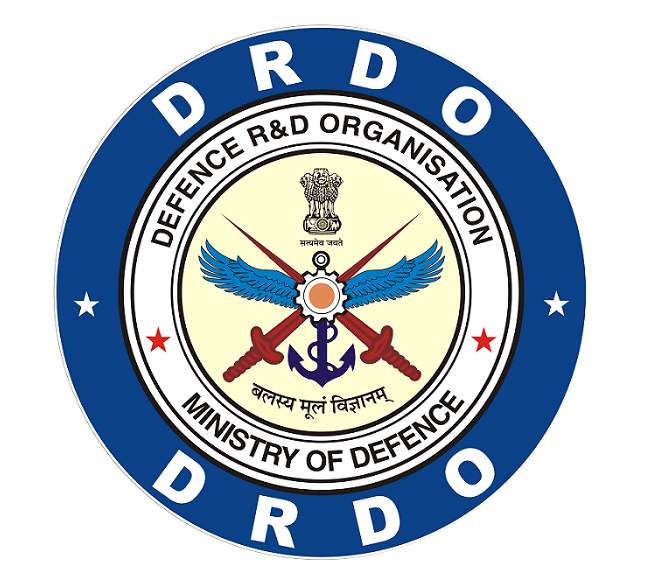
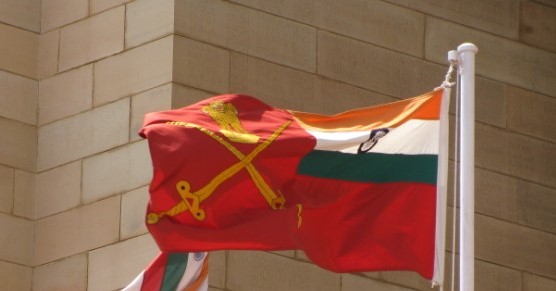
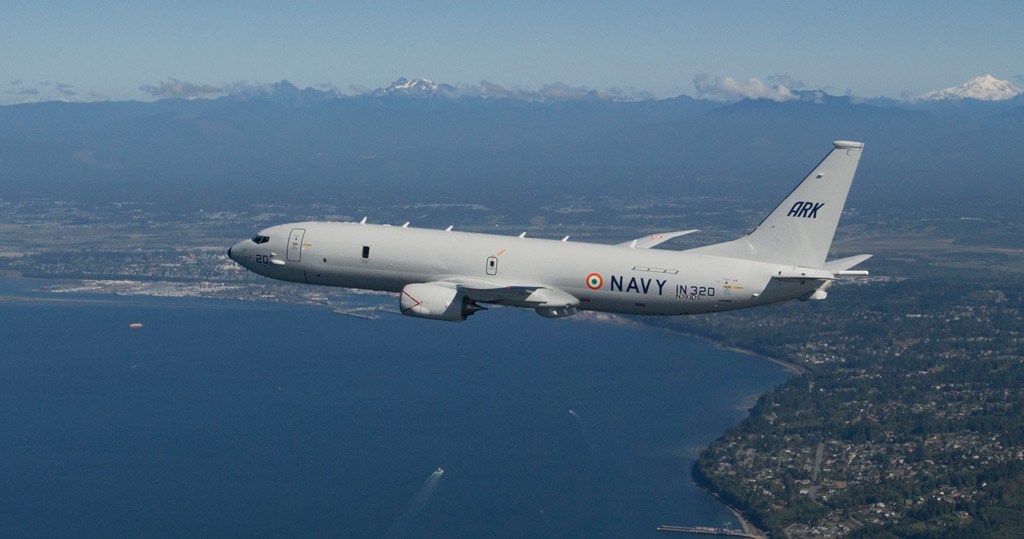





The Indian Air Force, in its flight trials evaluation report submitted before the Defence Ministry l..
view articleAn insight into the Medium Multi-Role Combat Aircraft competition...
view articleSky enthusiasts can now spot the International Space Station (ISS) commanded by Indian-American astr..
view article